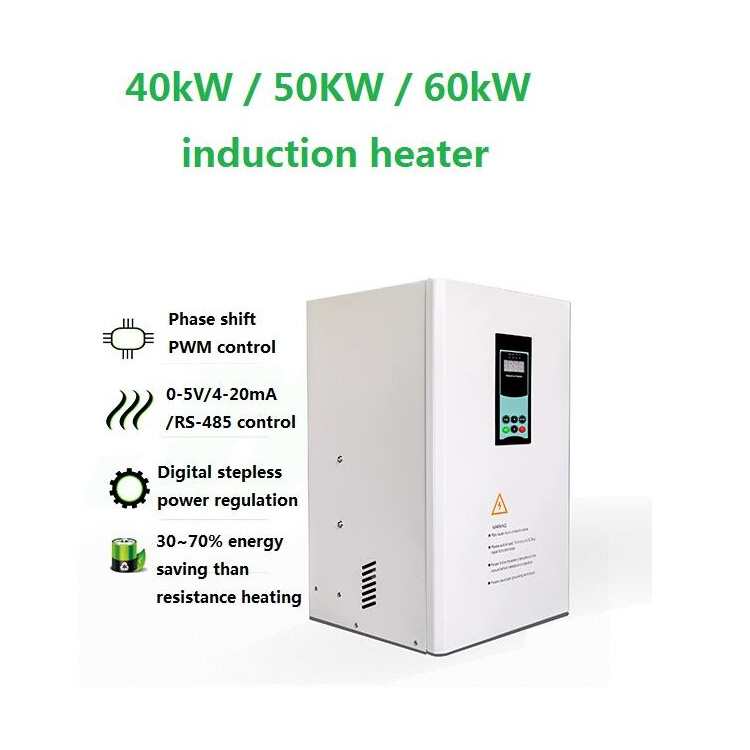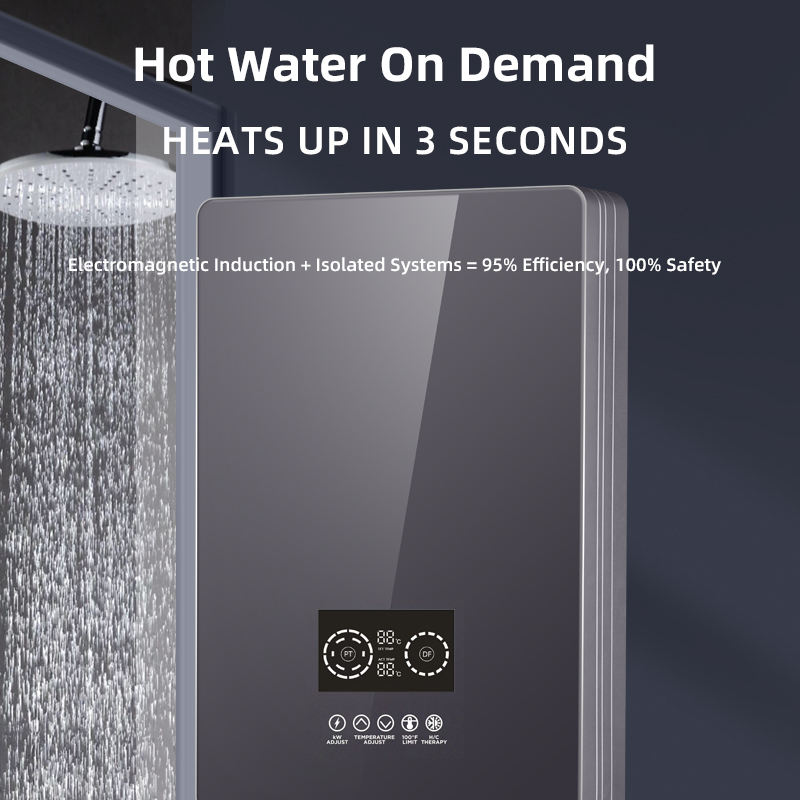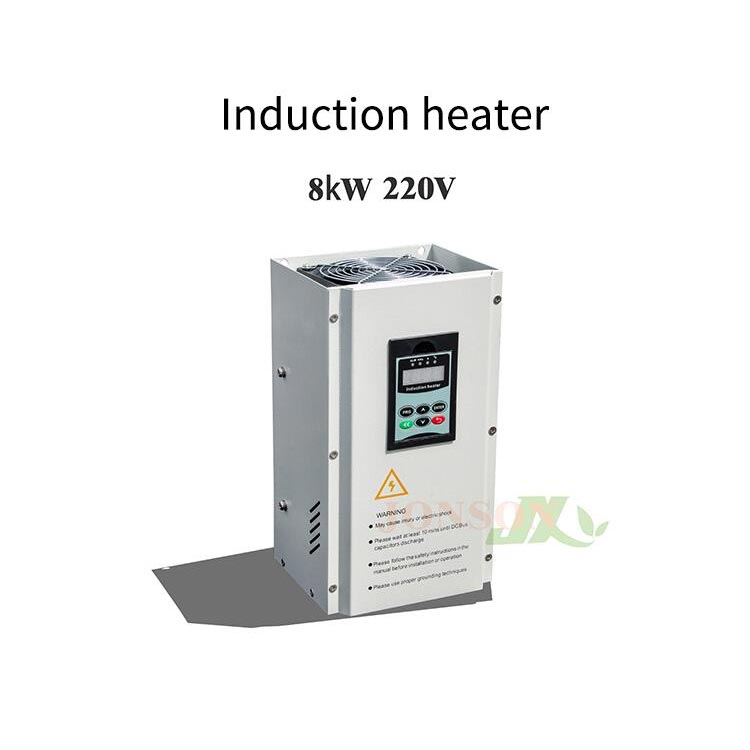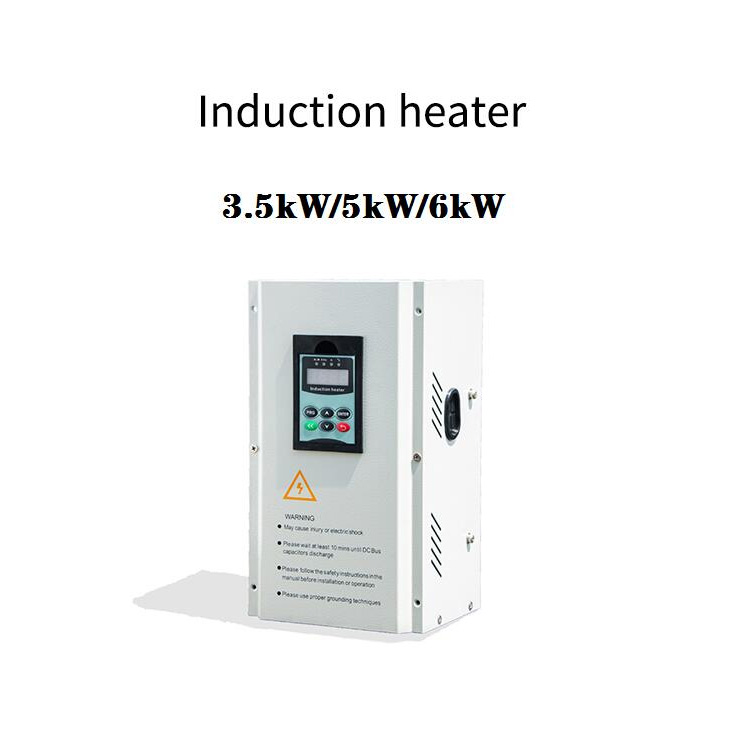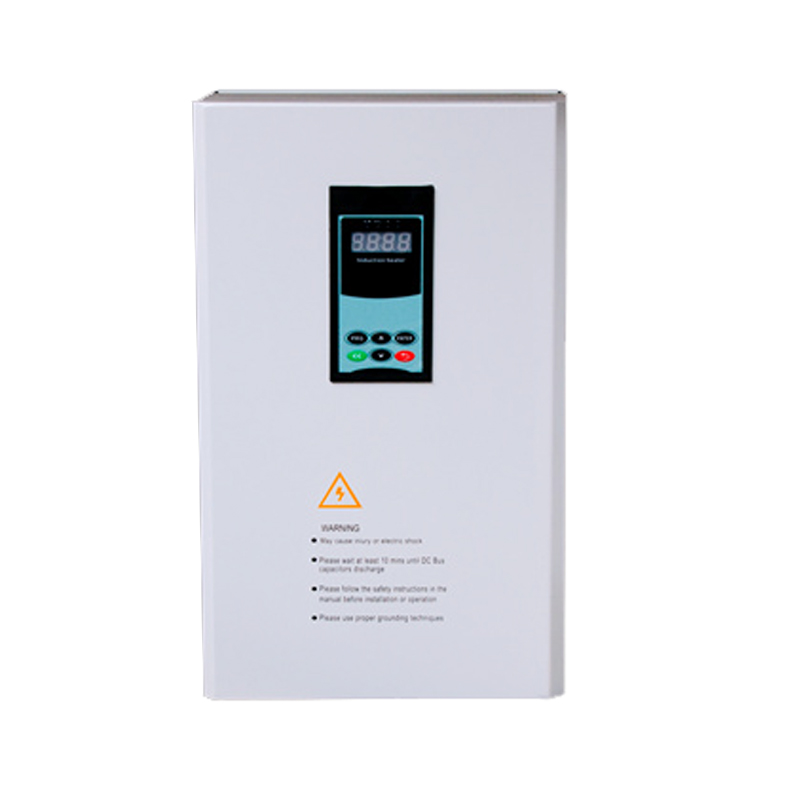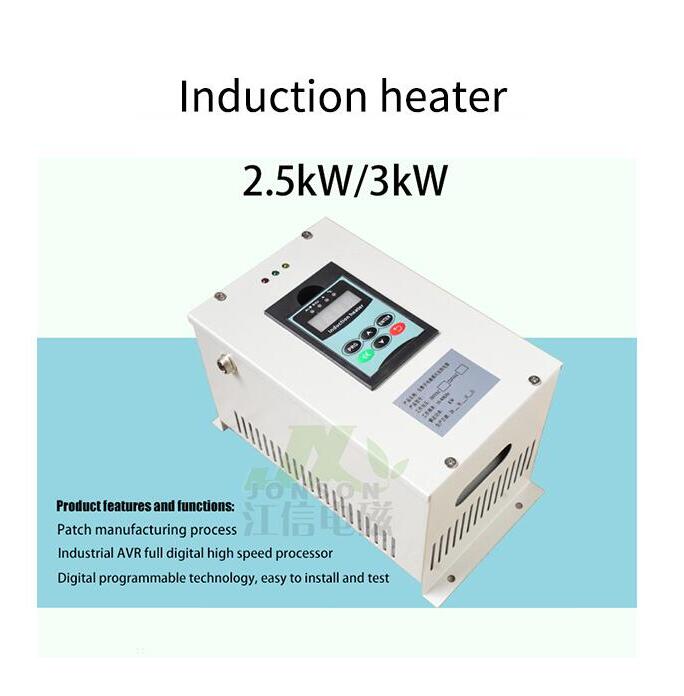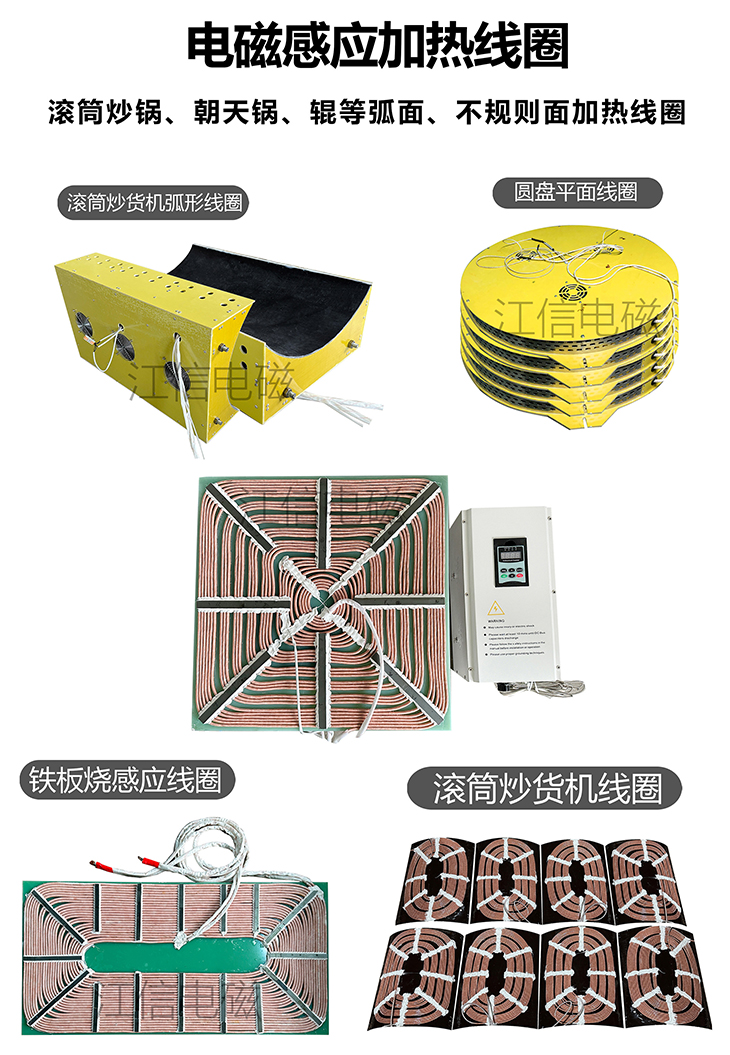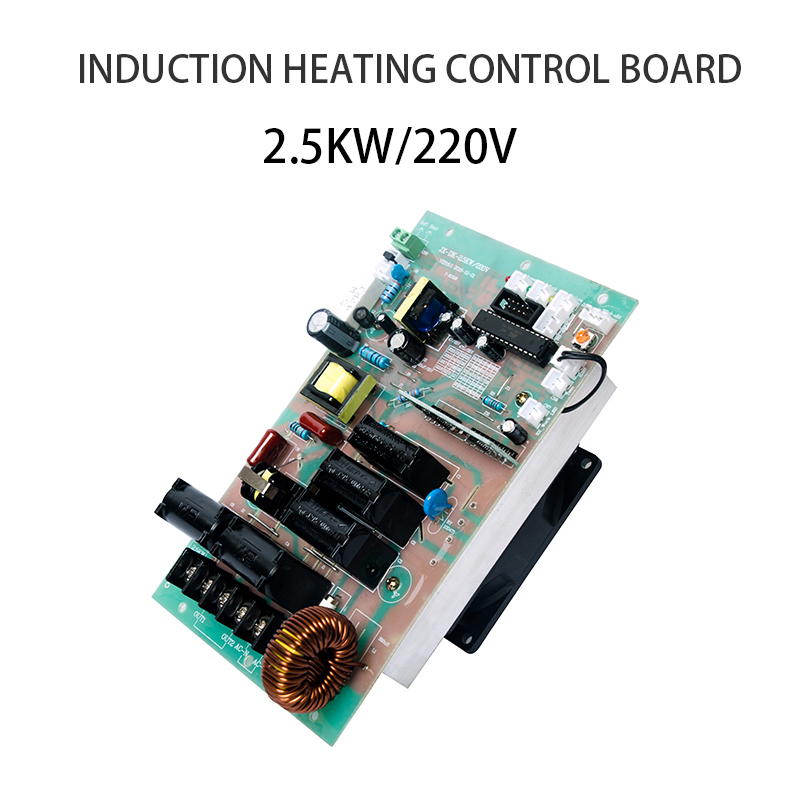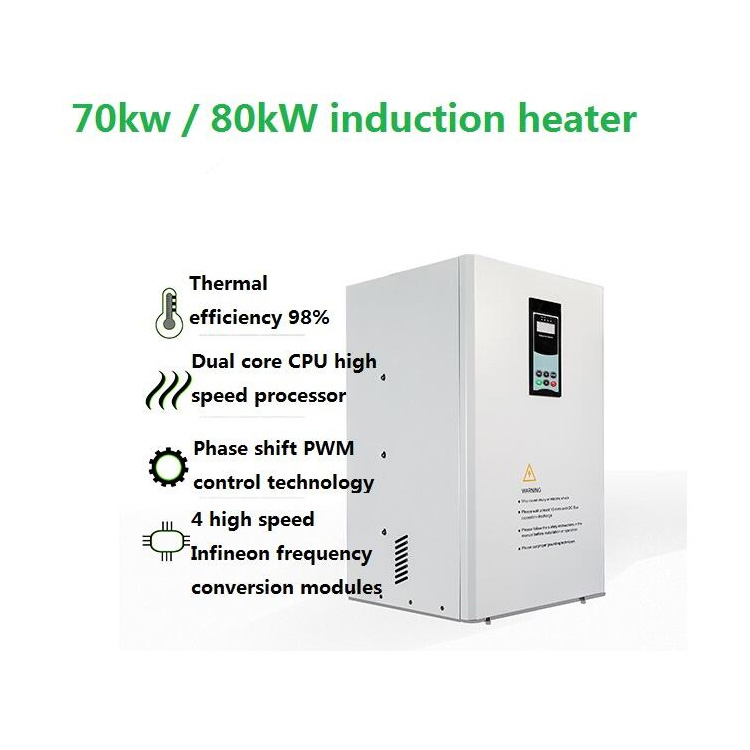Analysis of the Advantages of reaction kettle Induction heating:
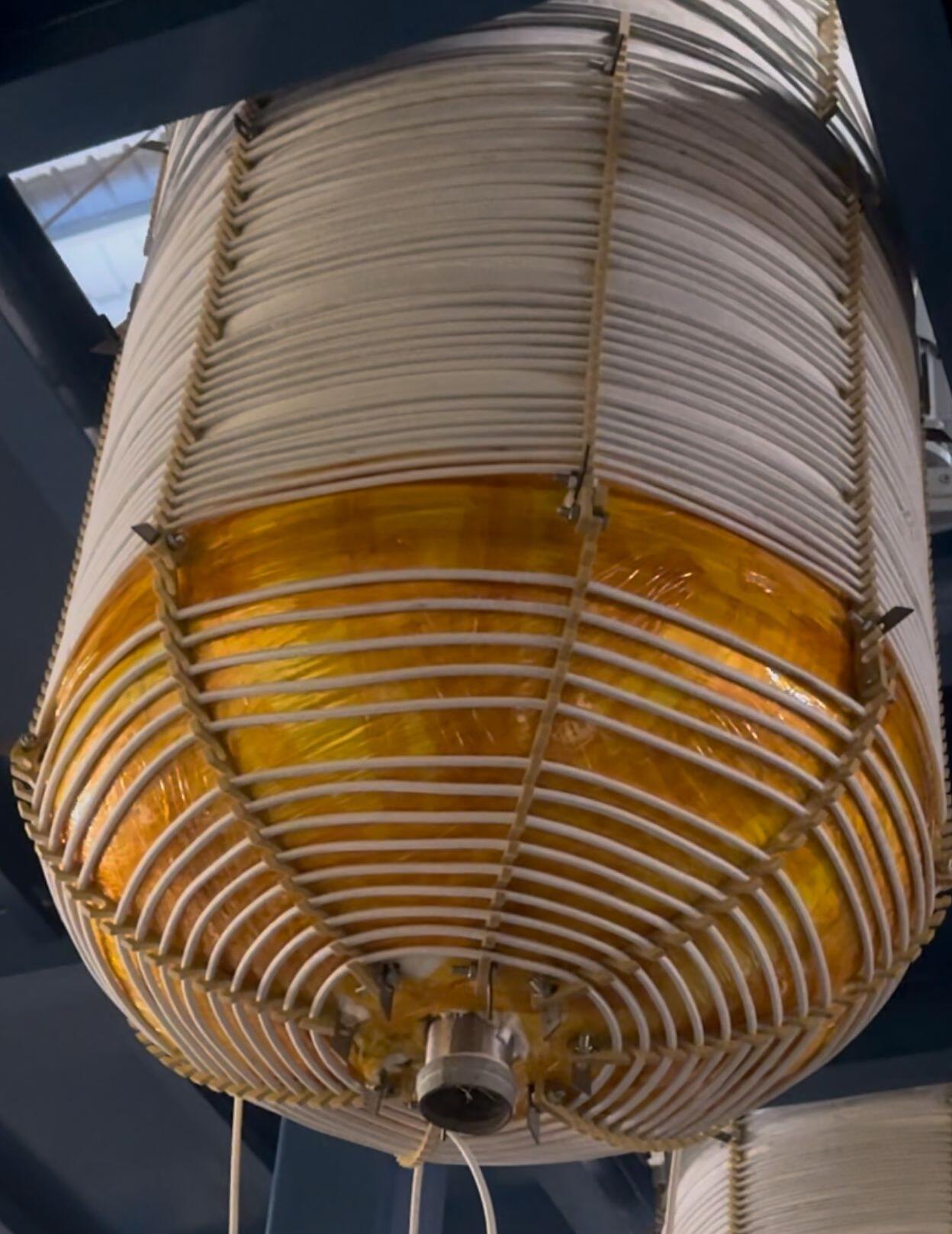
1. Introduction
Induction heating has emerged as a revolutionary 17³Ô¹Ï in various industrial applications, including chemical and pharmaceutical processing, where reaction kettles play a crucial role. Unlike traditional heating methods such as steam or resistance heating, induction heating provides a more efficient, precise, and environmentally friendly approach to temperature control in reaction vessels.
2. Key Advantages of reaction kettle Induction heating
2.1 High Energy Efficiency
Induction heating directly transfers electromagnetic energy to the metal jacket or coil surrounding the reaction kettle, minimizing heat loss. Compared to conventional methods like steam heating, which suffers from energy dissipation during transfer, induction heating achieves efficiency levels of over 90%, significantly reducing energy consumption and operational costs.
2.2 Rapid and Uniform Heating
Induction heating enables faster temperature rise times, allowing reaction processes to start and complete more quickly. The uniform distribution of heat across the reaction vessel ensures consistent reaction conditions, reducing the risk of localized overheating or thermal degradation of sensitive compounds.
2.3 Precise Temperature Control
Advanced digital control systems allow induction heating to maintain precise temperature settings, crucial for chemical reactions that require stable thermal conditions. This level of control enhances reaction efficiency, minimizes side reactions, and improves product quality.
2.4 Improved Safety and Reduced Risk
Since induction heating does not involve direct flame, combustion, or high-pressure steam, the risk of explosions, fires, and chemical degradation is significantly reduced. This makes it an ideal solution for handling volatile or hazardous materials in reaction processes.
2.5 Enhanced Equipment Longevity
Traditional heating methods, such as steam coils or resistance heating elements, suffer from scaling, corrosion, and mechanical wear over time. Induction heating, being a non-contact method, minimizes wear and tear, extending the lifespan of the reaction kettle and reducing maintenance costs.
2.6 Environmentally Friendly Operation
Induction heating eliminates the need for fossil fuel combustion and steam generation, thereby reducing CO2 emissions and water consumption. The process is clean, silent, and does not release pollutants, making it a sustainable choice for modern industrial applications.
2.7 Space-Saving and Modular Design
Induction heating systems are compact and can be integrated seamlessly into existing reaction kettle setups without requiring extensive infrastructure modifications. The modular nature of induction heating also allows for easy scalability based on production requirements.
3. Applications in Various Industries
Chemical Industry: Used for polymerization, synthesis, and catalytic reactions requiring precise thermal control.
Pharmaceutical Industry: Ideal for temperature-sensitive drug formulation and crystallization processes.
Food Processing: Ensures uniform heating in food reaction vessels while maintaining hygiene standards.
Petrochemical Industry: Applied in refining processes where controlled heating is necessary.
4. Conclusion
reaction kettle Induction heating offers a superior alternative to traditional heating methods, with benefits including higher efficiency, improved safety, precise temperature control, and environmental sustainability. As industries move towards energy-efficient and cleaner production processes, the adoption of induction heating in reaction vessels is expected to increase, driving innovation and cost savings across multiple sectors.

